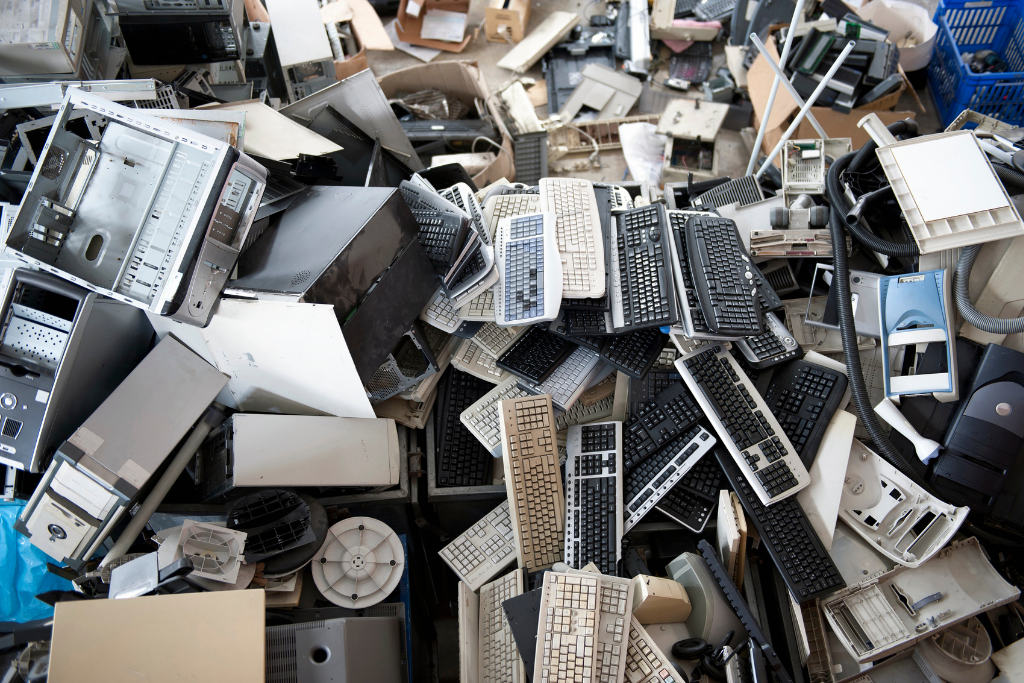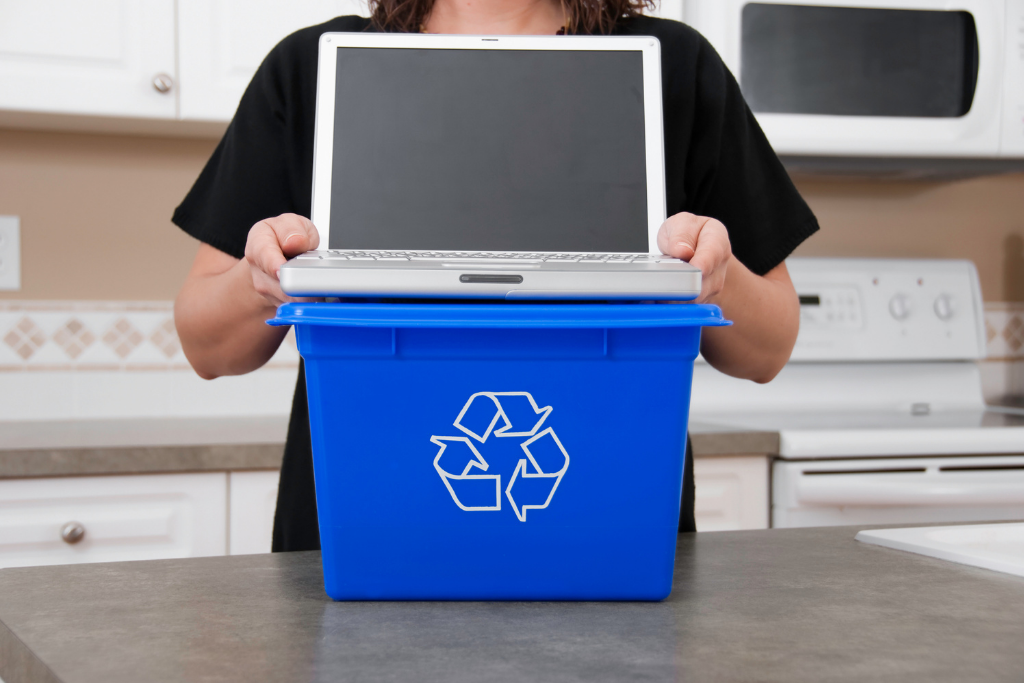Electronic waste, commonly referred to as e-waste, is fast becoming one of the biggest environmental challenges of our time. The rapid technological advancements, coupled with the disposable culture of modern society, have resulted in an exponential increase in e-waste. In this article, we delve into the 10 Essential Facts You Need to Know About E-Waste to understand this pressing issue comprehensively.
Key Takeaways
- E-waste refers to discarded electronic devices and components.
- Improper disposal of e-waste poses severe environmental and health risks.
- The volume of e-waste is growing rapidly on a global scale.
- Proper recycling and disposal methods are crucial to managing e-waste.
- Tech companies play a significant role in e-waste generation and management.
- Strict legislation and policies can help regulate e-waste disposal.
- Developing countries often bear the brunt of improper e-waste disposal.
- Innovation and technology can offer future solutions for e-waste management.
Understanding E-Waste
E-waste encompasses a wide variety of discarded electrical or electronic devices. From old phones and computers to refrigerators and televisions, anything electronic that’s no longer wanted or is malfunctioning falls under this category.
| Common E-Waste Items | Examples |
|---|---|
| Communication Devices | Cell phones, radios |
| Household Appliances | Refrigerators, ovens |
| Entertainment Devices | TVs, music players |
| Office Equipment | Computers, printers |
1. The Environmental and Health Impacts of E-Waste
Improper e-waste disposal can leak harmful chemicals like mercury, cadmium, and lead into the environment. These chemicals can contaminate water sources, affect soil quality, and pose severe health risks to humans.
2. The Global Scale of E-Waste
Every year, millions of tons of e-waste are generated globally. With the rapid technological advancements and reduced product lifespans, this number is only set to increase.
3. Proper Disposal Methods
To combat the growing e-waste issue, it’s crucial to adopt proper disposal methods. Some of these methods include:
- Recycling: Separating valuable materials from the waste for reuse.
- Landfills: Designated areas where e-waste can be safely disposed of without harming the environment.
- Incineration: Burning the waste to reduce its volume and generate energy.
4. Recycling and Repurposing E-Waste
Recycling is one of the most effective solutions to the e-waste problem. Extracting valuable metals and components from old devices can reduce waste and save the resources and energy required to produce new items.

5. The Role of Tech Companies
Tech companies are both contributors to and solvers of the e-waste problem. Many companies have taken the initiative to produce sustainable products and offer recycling programs for old devices.
6. Legislation and Policies on E-Waste
Governments worldwide recognize the severity of the e-waste issue and are implementing strict policies and regulations to ensure proper disposal and recycling.
7. E-Waste in Developing Countries
Developing countries often become dumping grounds for e-waste from developed nations. This poses environmental and health risks and social and economic challenges.
8. Future Trends in E-Waste Management
With continuous innovations in technology, we can expect new methods and solutions for e-waste management in the future, ranging from biodegradable electronics to efficient recycling techniques.
9. Rising E-Waste Volumes
E-waste is the fastest-growing waste stream globally, outpacing general municipal waste.
10. Precious Materials Wasted
Discarded electronics are rich in precious metals such as gold, silver, and palladium. Recycling e-waste can help recover billions of dollars of these valuable resources annually.

Frequently Asked Questions
1. What is e-waste?
E-waste refers to discarded electronic or electrical devices and components.
2. Why is e-waste a concern?
E-waste contains harmful chemicals that, when improperly disposed of, can contaminate the environment and pose health risks.
3. How can I reduce e-waste?
You can reduce e-waste by repairing, reusing, and recycling old electronic devices.
4. Are tech companies doing anything about e-waste?
Many tech companies are now producing sustainable products and offering recycling programs.
Conclusion
Understanding the 10 Things to Know About E-Waste is crucial in today’s technological age. As consumers and citizens, we must be informed and proactively reduce e-waste and promote sustainable practices. The future of our planet depends on it.
